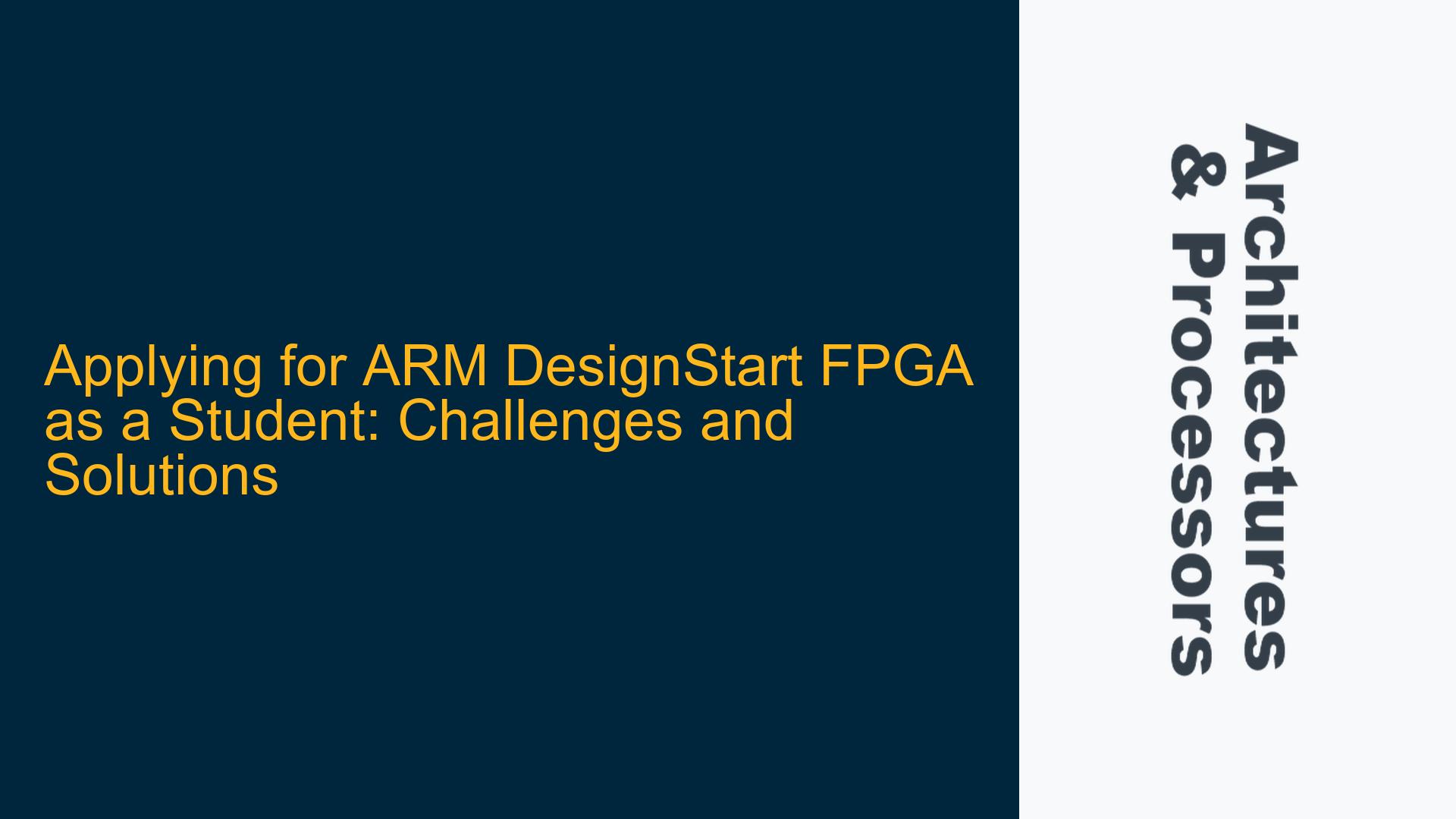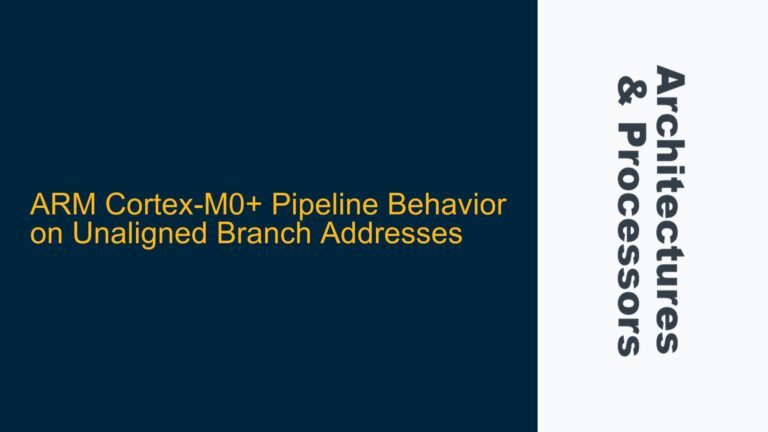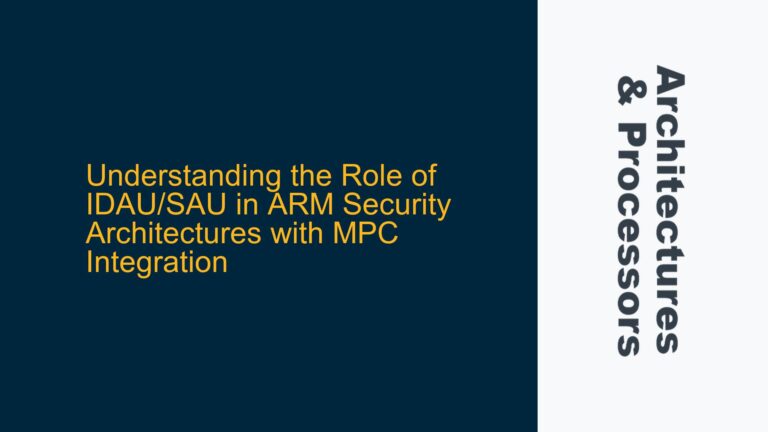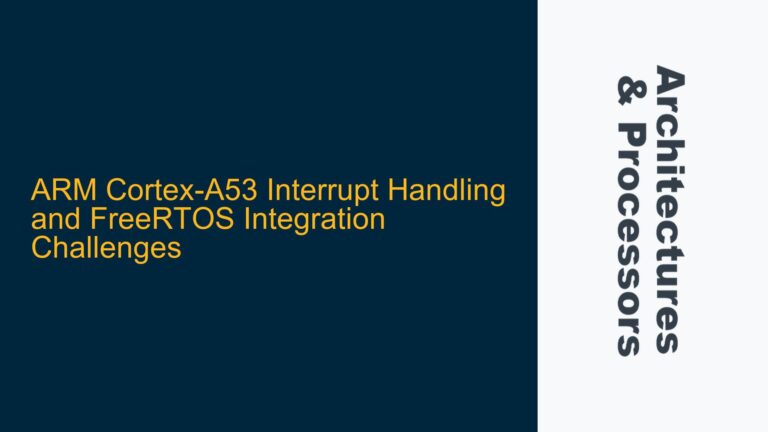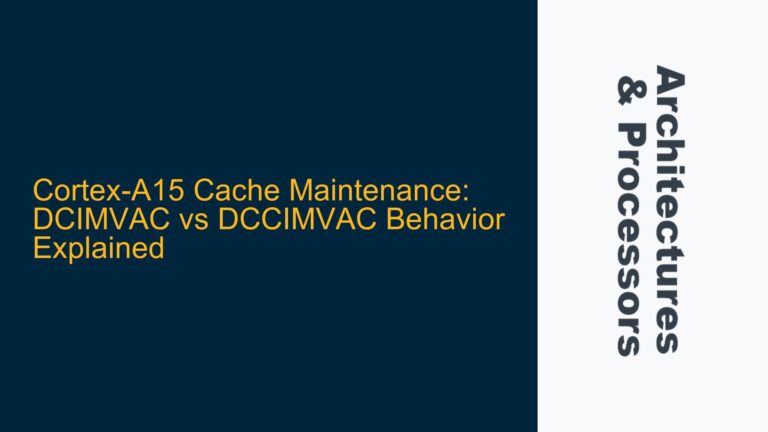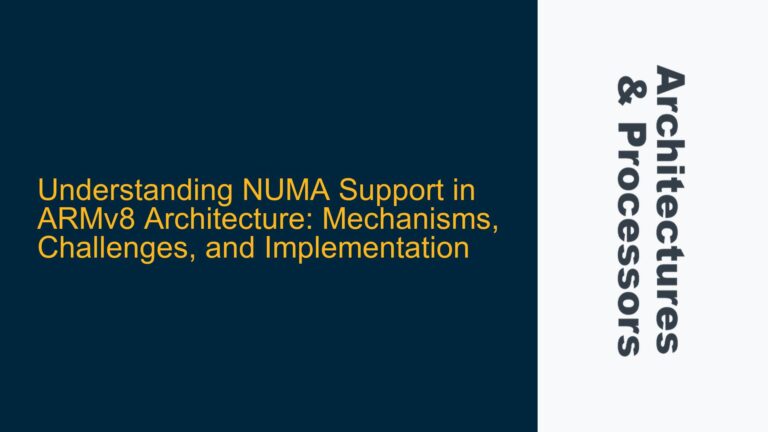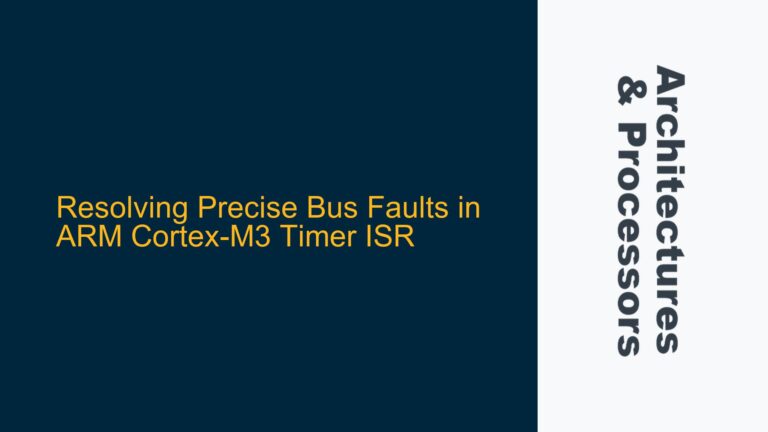ARM DesignStart FPGA Access Issues for Students
The ARM DesignStart FPGA program is a powerful resource for developers and organizations looking to integrate ARM Cortex-M processors into their FPGA-based designs. However, students often face significant hurdles when attempting to access this program due to its corporate-oriented application process. The primary issue arises from the requirement of company-specific details, such as tax identification numbers, which students typically do not possess. This creates a barrier for students who wish to leverage ARM Cortex-M0 or Cortex-M3 processors in their academic projects using tools like Xilinx Vivado.
The ARM DesignStart FPGA program is designed to facilitate the integration of ARM IP into FPGA designs, enabling users to prototype and develop systems without the need for expensive licenses. For students, this program represents an opportunity to gain hands-on experience with industry-standard ARM processors, which are widely used in embedded systems. However, the application process is tailored for companies, not individuals or educational institutions. This misalignment between the program’s structure and the needs of students creates a significant challenge.
When a student attempts to apply for the DesignStart FPGA program, the application form requests details such as the company name, address, and tax identification number. These fields are mandatory, and without them, the application cannot be submitted. For students working on academic projects, these details are often unavailable, as they are not affiliated with a company that can provide such information. This leaves students in a difficult position, as they are unable to access the ARM IP necessary for their projects.
The issue is further compounded by the fact that many universities and colleges already have access to FPGA design tools like Xilinx Vivado. These tools are essential for implementing ARM-based designs on FPGAs, but without access to the ARM IP through the DesignStart program, students cannot fully utilize these resources. This creates a gap between the tools available to students and the IP needed to create meaningful designs.
Corporate-Oriented Application Process and Lack of Student-Specific Options
The root cause of the issue lies in the corporate-oriented nature of the ARM DesignStart FPGA program. The program is primarily designed to support companies and organizations that are developing commercial products. As such, the application process is structured to collect information that is relevant to businesses, such as tax identification numbers and company addresses. This structure does not account for the needs of individual students or academic institutions, which operate under different frameworks.
Another contributing factor is the lack of a dedicated pathway for students to access ARM IP. While ARM does offer educational resources and programs, these are often separate from the DesignStart FPGA program. This separation means that students cannot easily access the same IP and tools that are available to companies through DesignStart. The absence of a student-specific application process or alternative access method creates a significant barrier for those looking to use ARM processors in their academic projects.
Additionally, the legal and administrative requirements associated with the DesignStart program may not align with the policies of educational institutions. For example, universities may have restrictions on how intellectual property is used or shared, which could complicate the process of applying for and using ARM IP. These institutional policies can further hinder students’ ability to access the resources they need.
The lack of awareness about alternative options for students is another factor that exacerbates the issue. Many students may not be aware of other programs or resources that ARM offers for educational purposes. This lack of information can lead to frustration and confusion, as students may not know where to turn for help when they encounter obstacles in the application process.
Strategies for Accessing ARM DesignStart FPGA as a Student
To address the challenges faced by students in accessing the ARM DesignStart FPGA program, several strategies can be employed. These strategies involve leveraging existing resources, exploring alternative pathways, and engaging with ARM and educational institutions to create a more student-friendly application process.
One approach is for students to work with their academic institutions to apply for the DesignStart program on their behalf. Universities and colleges often have the necessary administrative infrastructure to provide the required company details, such as tax identification numbers. By partnering with their institutions, students can gain access to the ARM IP needed for their projects. This approach requires coordination between students and their academic advisors or department heads to ensure that the application is submitted correctly.
Another strategy is to explore alternative ARM programs that are specifically designed for educational purposes. ARM offers a range of resources for students and educators, including the ARM University Program, which provides access to ARM IP, tools, and training materials. While these resources may not be identical to those available through the DesignStart FPGA program, they can still provide valuable support for students working on ARM-based projects. Students should investigate these programs to determine if they meet their needs.
Engaging directly with ARM to request a student-specific application process is another potential solution. By reaching out to ARM through official channels, students can advocate for the creation of a dedicated pathway for academic users. This could involve submitting feedback through the ARM website, participating in ARM community forums, or contacting ARM support directly. If enough students express interest in accessing the DesignStart program, ARM may consider developing a more inclusive application process.
Students can also explore open-source alternatives to ARM IP that are compatible with FPGA design tools like Xilinx Vivado. While these alternatives may not offer the same level of performance or features as ARM processors, they can still be valuable for learning and prototyping. Open-source cores such as RISC-V provide a flexible and accessible option for students who are unable to access ARM IP through the DesignStart program.
Finally, students should consider collaborating with industry partners or local companies that have access to the DesignStart program. By forming partnerships with these organizations, students can gain access to the necessary IP while also building valuable connections in the industry. This approach requires proactive networking and outreach, but it can lead to mutually beneficial relationships that support both academic and professional development.
In conclusion, while the ARM DesignStart FPGA program presents challenges for students due to its corporate-oriented application process, there are several strategies that can be employed to overcome these obstacles. By working with academic institutions, exploring alternative ARM programs, advocating for change, and leveraging open-source resources, students can gain access to the tools and IP they need to succeed in their projects. These efforts not only address the immediate issue of accessing ARM IP but also contribute to the broader goal of fostering innovation and learning in the field of embedded systems design.
